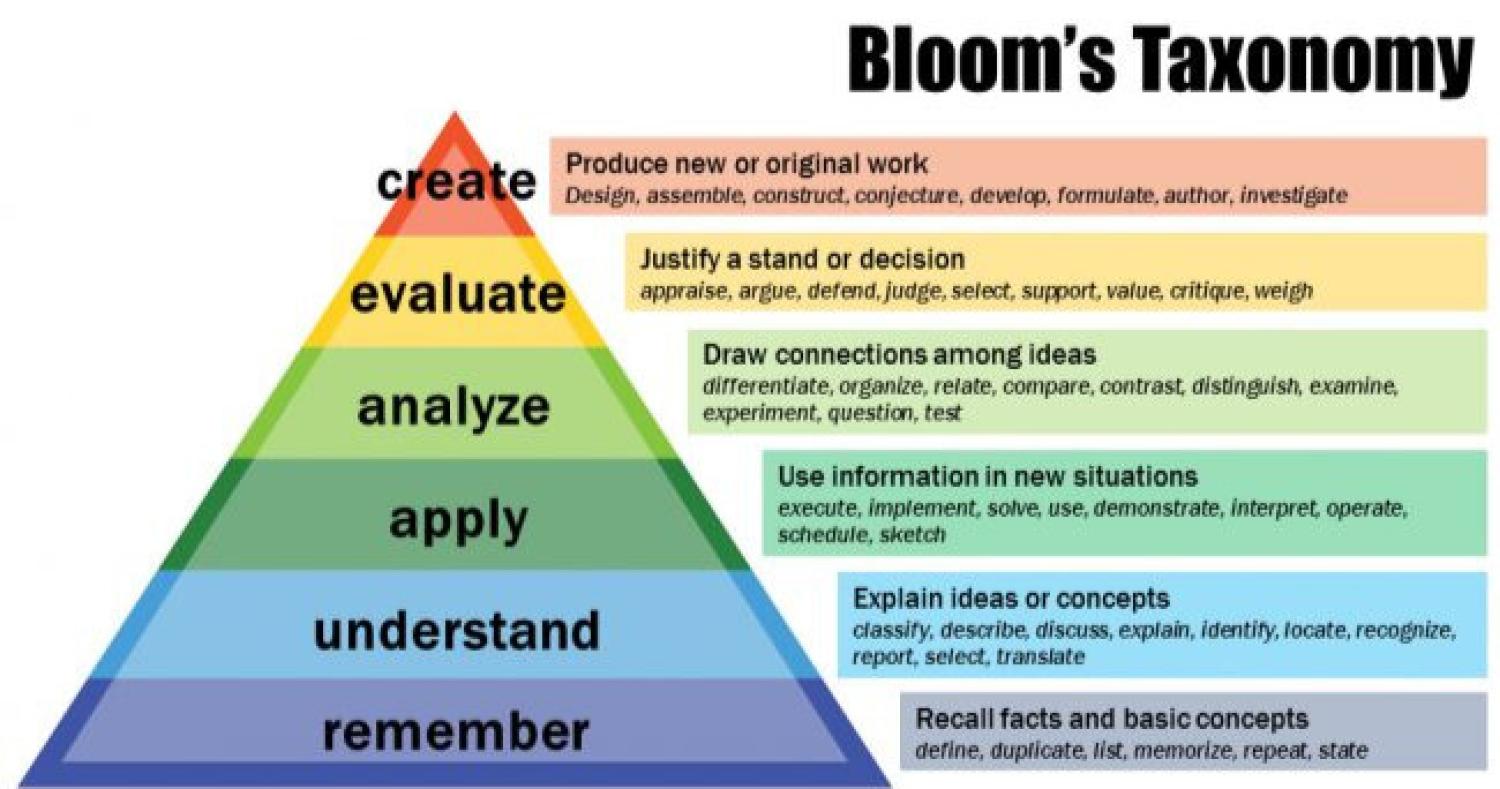Learning Outcomes
Build a Better Objective
- Pick one of your current course learning outcomes or create a new one based on a topic you teach.
- Evaluate the outcome using these questions:
- Is it specific and measurable?
- Does it focus on observable student behaviors or skills?
- Are your course activities and assessments aligned with this learning outcome?
- Revise your learning outcome to make it clearer and more measurable. Use action verbs like “analyze,” “design,” or “classify.”
What Are Learning Outcomes?
Course learning outcomes define what students should be able to do, know, or demonstrate after completing your course. They’re clear, measurable, and central to designing meaningful teaching and assessment strategies.
Why Write Clear Course Learning Outcomes?
For Students:
- Clarify Expectations: Provide students with a clear understanding of what they are expected to achieve.
- Guide Learning Efforts: Help students prioritize study strategies and focus on specific goals.
- Enhance Motivation: Show relevance to real-world applications, improving engagement and persistence.
For Instructors:
- Align Course Content: Ensure lectures, activities, and assignments support targeted outcomes.
- Streamline Assessments: Make it easier to evaluate whether students meet expectations.
- Improve Transparency: Communicate goals to stakeholders, including students, colleagues, and accrediting bodies.
Tips for Crafting Effective Course Learning Outcomes
- Be Measurable: Use specific action verbs (e.g., “describe,” “evaluate,” and “create”) rather than vague terms like “understand” or “learn.”
- Focus on Outcomes: Emphasize what students should demonstrate or produce by the end of the course.
- Align with Assessments: Match learning objectives with how you evaluate student success.
- Use Bloom’s Taxonomy: Categorize objectives based on cognitive skills, from basic recall to advanced analysis and creation.
Using Bloom’s Taxonomy for Course Learning Outcomes
Bloom’s Taxonomy organizes learning outcomes into cognitive levels to scaffold learning effectively:
- Create: Produce new or original work (e.g., “Design a marketing plan for a startup business.”)
- Evaluate: Justify decisions and opinions (e.g., “Critique the ethical implications of gene editing.”)
- Analyze: Break down information to explore relationships (e.g., “Analyze demographic trends in voting patterns.”)
- Apply: Use information in new situations (e.g., “Apply Newton’s laws to design a simple machine.”)
- Understand: Explain ideas or concepts (e.g., “Summarize the causes of World War I.”)
- Remember: Recall facts and concepts (e.g., “List the stages of mitosis.”)

Examples of Measurable Learning Outcomes
- Vague: Students will understand cell division.
- Clear: Students will diagram the stages of mitosis and explain their significance.
- Vague: Students will know the laws of motion.
- Clear: Students will apply Newton’s three laws of motion to solve real-world physics problems.
- Vague: Students will learn about perspective in drawing.
- Clear: Students will sketch a landscape using one-point and two-point perspective techniques.
- Vague: Students will know financial concepts.
- Clear: Students will calculate the net present value (NPV) of an investment and assess its feasibility.
- Vague: Students will learn about voting behavior.
- Clear: Students will analyze demographic data to predict voting trends in the United States.
CTL Resources:
Student Learning Outcomes Assessment (CTL webpage)
Assessing Student Learning (CTL webpage)
Further Reading & Resources:
Learning Objectives, Carnegie Mellon University Eberly Center
Writing Course Goals/Learning Outcomes and Learning Objectives, Iowa State University Center for Excellence in Learning and Teaching
Cognitive Process Examples and Verbs Handout, CU Denver Center for Excellence in Teaching and Learning

